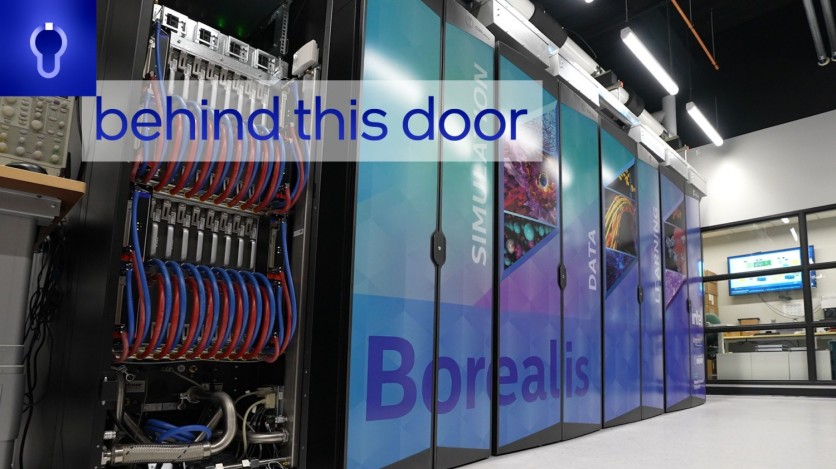Take a peek inside an Intel high performance computing (HPC) lab where a supercomputer test system evaluates, stress-tests and debugs the technologies that will power the Aurora Supercomputer at Argonne National Laboratory in Illinois.

When completed later this year, Aurora - a collaboration by Intel, Hewlett Packard Enterprise and the U.S. Department of Energy - will be the size of two basketball courts and weigh 600 tons. It will be one of the first exascale computers in the U.S., and one of the fastest in the world.
Aurora will help advance some of the greatest data-heavy puzzles. It will turn its massive computing power to cancer research, neuroscience, aircraft design, high-energy physics and other world-improving challenges.
Borealis is a much smaller version meant to replicate the behavior of Aurora. Engineers use it to test hardware and software and work through technical issues to ultimately speed up and ensure a successful deployment of Aurora.
Borealis operates in an Oregon lab. Each of its 128 server blades are powered by two 4th Gen Intel® Xeon® Scalable processors (Aurora will have Intel® Xeon® CPU Max Series processors) and six Intel® Data Center GPU Max Series chips. Aurora will have the same blades, but on a much larger scale with more than 10,000 of them.
RELATED ARTICLE: Intel Includes Motherboards on the Price Increase for Q4 2022




